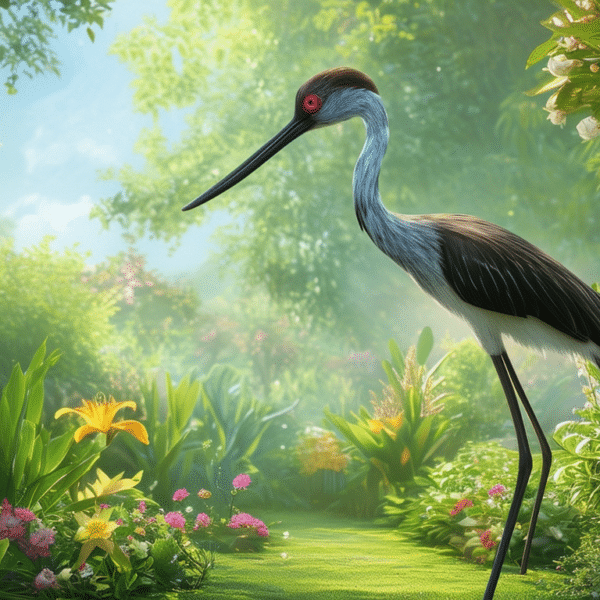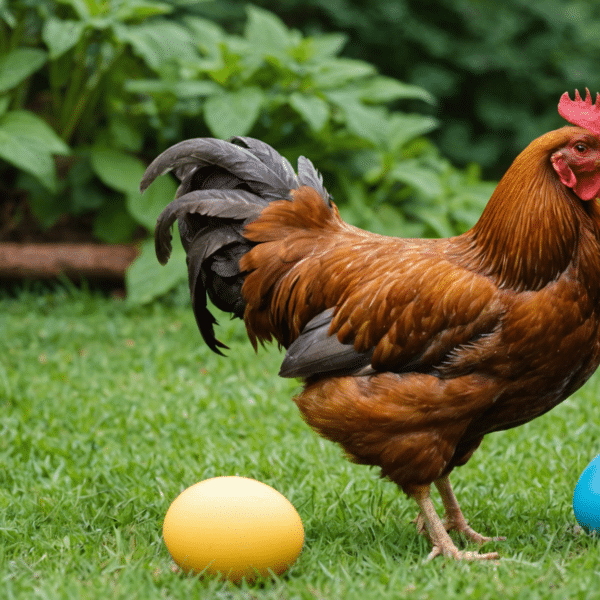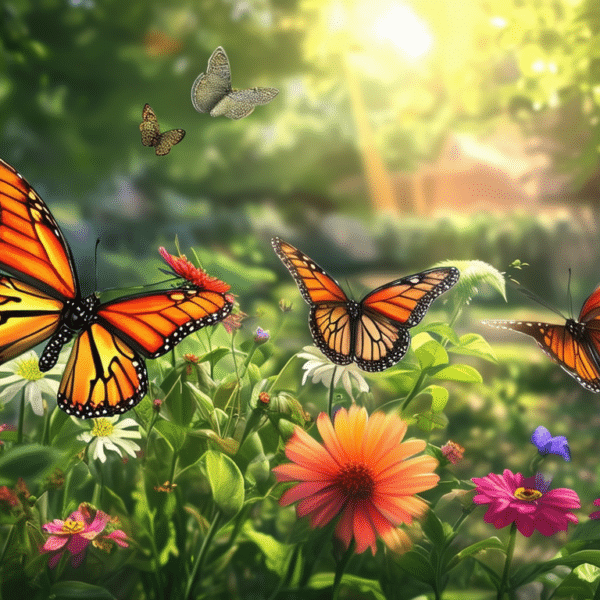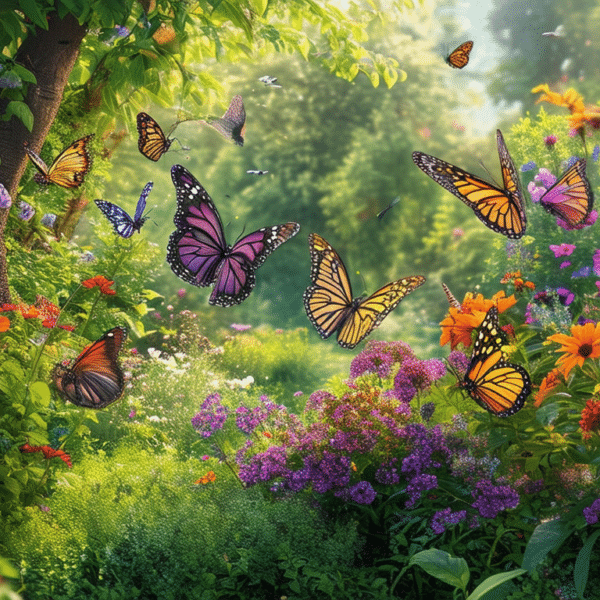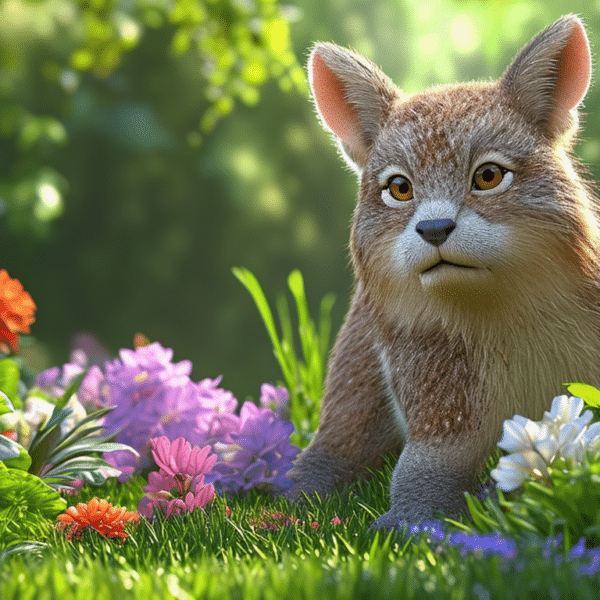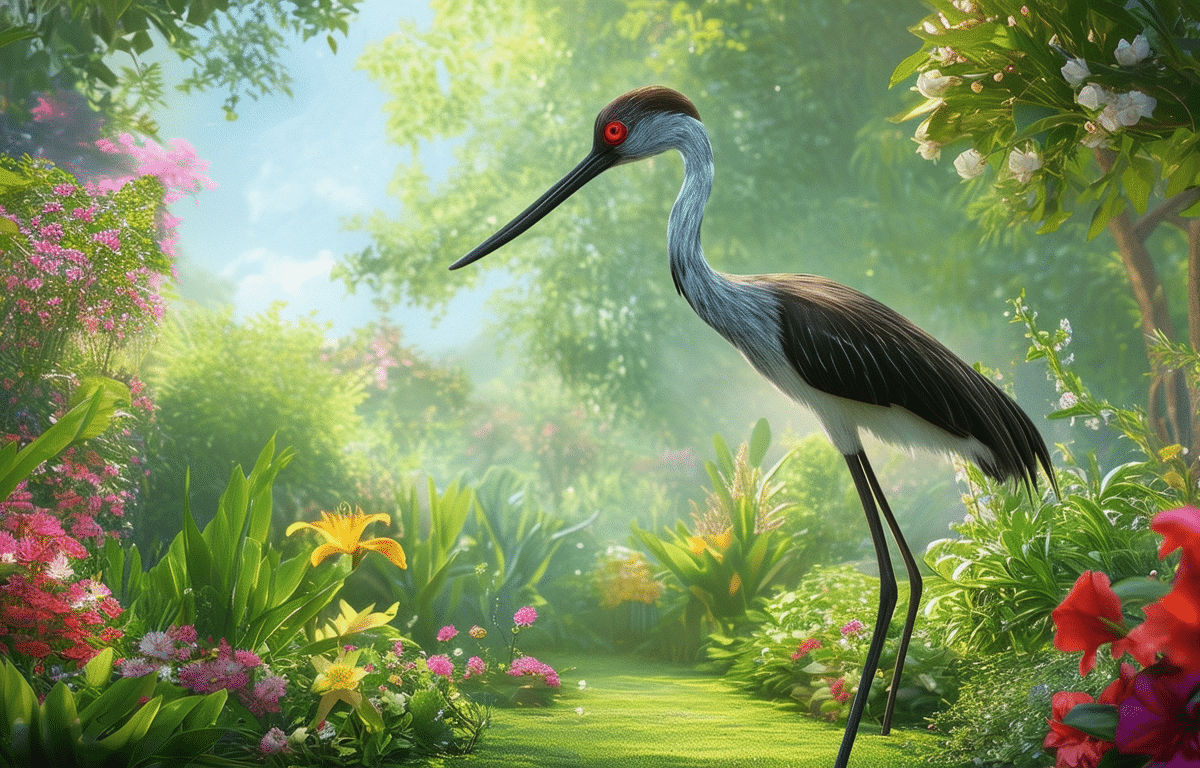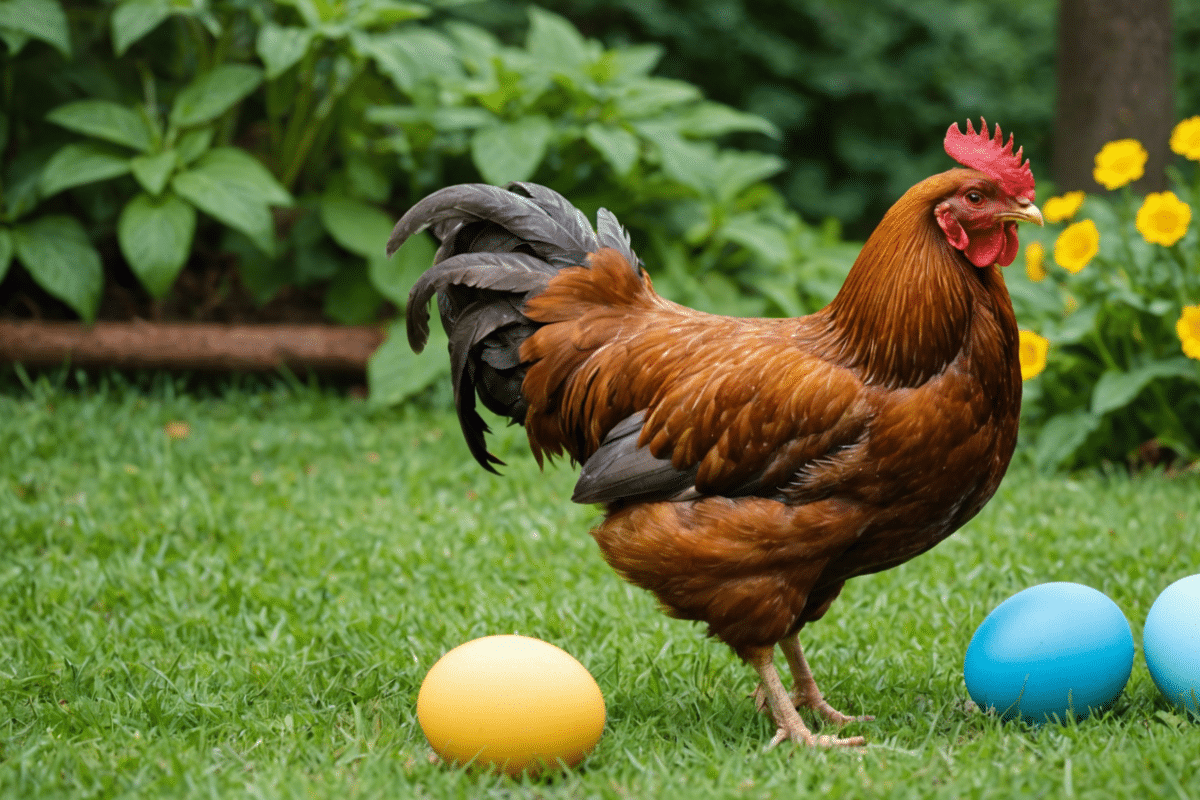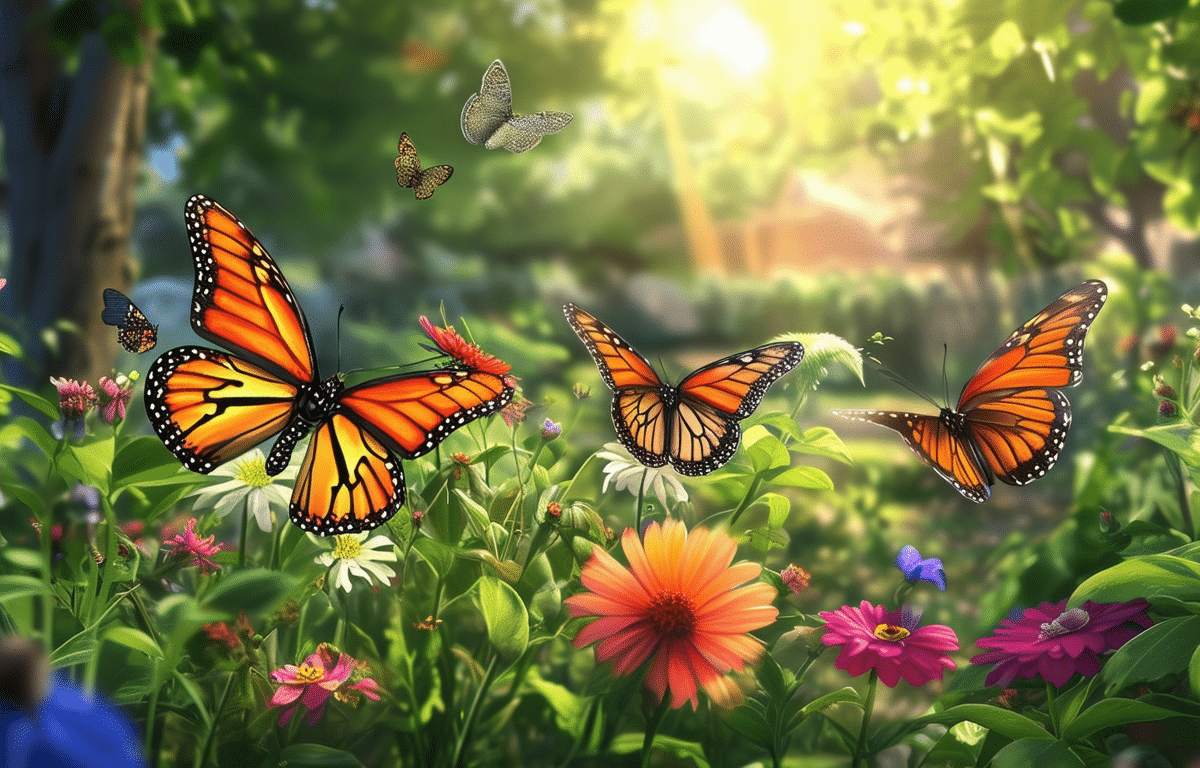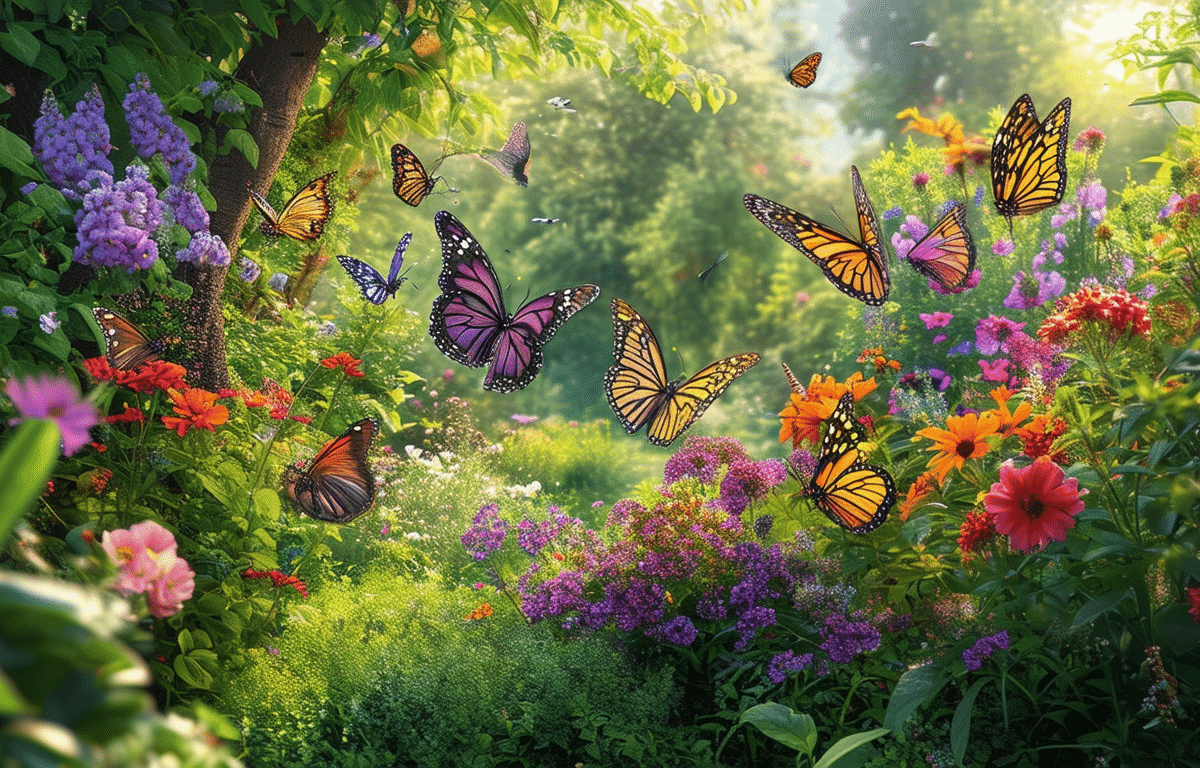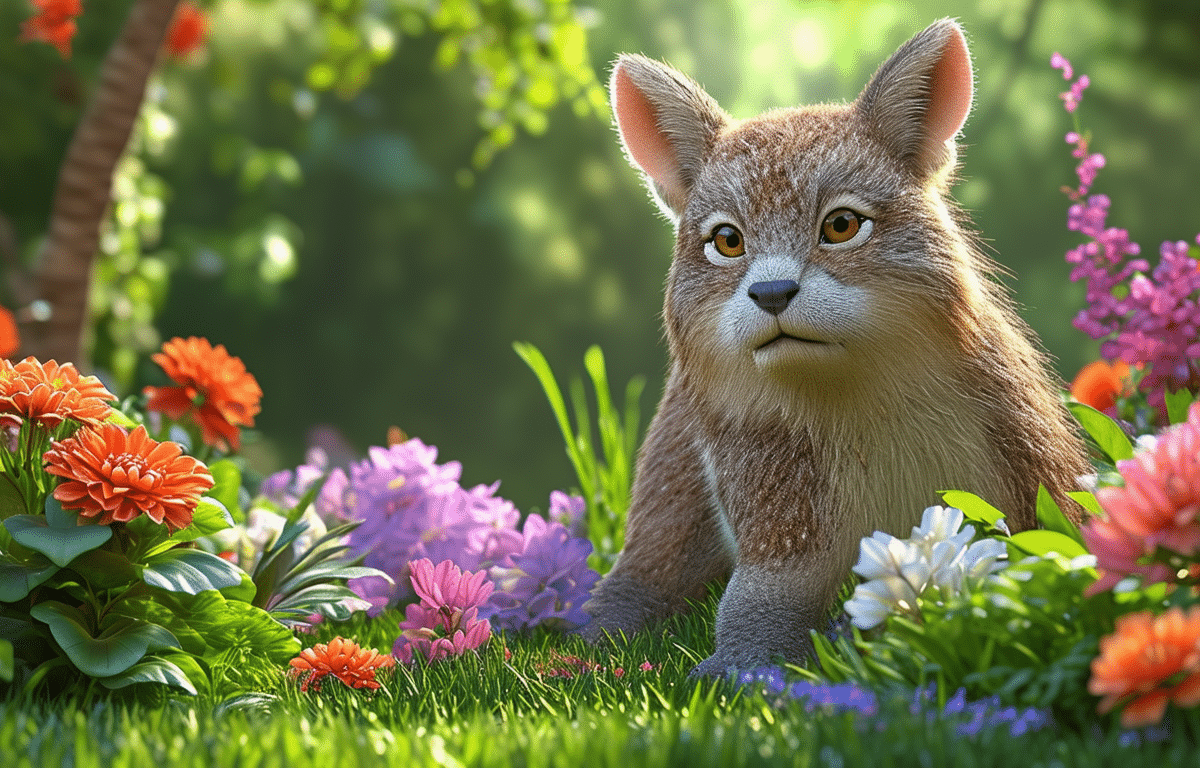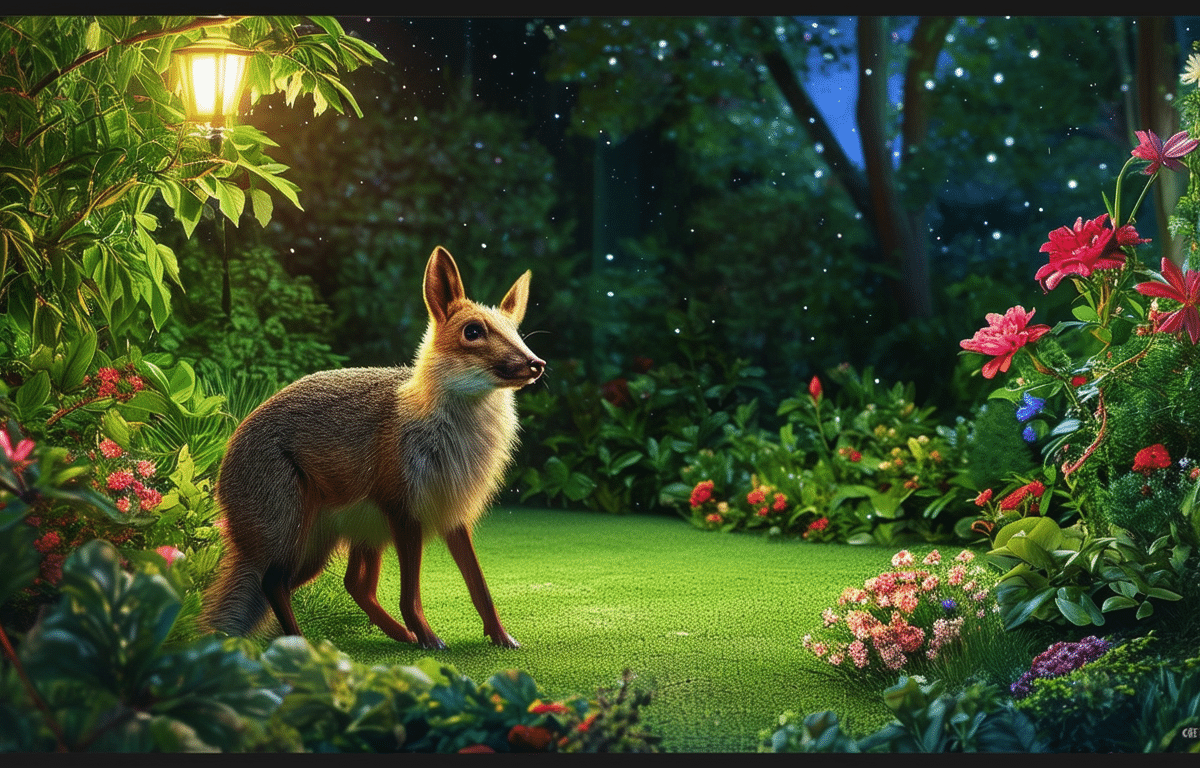Content
Exploring the hidden world right behind your house can be both magical and enlightening. The backyard serves as a natural habitat for a myriad of creatures that thrive within the comforts of suburban and even urban settings. From the gentle rustle in the hedges to the orchestrated chirping of birds at dawn, this ecosystem is bustling with life.
Inviting Feathers and Fur into Your Greenspace

Creativity is just as essential in curating a habitat for wildlife as it is in composing a piece of art. Designing your garden with diversity in mind encourages a variety of species to call it home. The inclusion of diverse plant life not only enhances environmental benefits but also acts as a beacon for different birds and mammals.
Feathered Visitors: A Closer Look
Whether you live in an area where morning doves sing or where woodpeckers tap away in search of a meal, birds are likely the most visible visitors to your backyard. The types of birds you’ll encounter can largely depend on your geographic location and the time of year. Implementing bird feeders and water baths can attract a variety of species from cardinals to finches, creating a vibrant visual and auditory landscape.
Beyond the usual suspects, certain initiatives, like the Junior Duck Stamp Program, foster appreciation for waterfowl, which could inspire a quest for creating duck-friendly habitats. If you’re lucky, you might see families of ducks making a pitstop during migration.
The Secret Life of Nocturnal Creatures
As night falls, a different ensemble of backyard animals emerges. Among these covert critters are hedgehogs, known for their charming, spiky exteriors and pest control prowess. To catch these shy creatures in action, setting up wildlife cameras is a must. These harmless devices provide insight into the behaviors and patterns of nocturnal wildlife without disturbing their natural routines.
Hopping Into the World of Small Mammals
Small mammals like squirrels and rabbits are a common sight in the quieter corners of outdoor spaces. Rabbits, particularly the angora breed, are fascinating for their unique behaviors and luxurious coats. While squirrels are often seen leaping from tree to tree, rabbits prefer the safety of the understory, nibbling on tender shoots and leaves.
- Squirrels: Acrobatic and ever-curious
- Rabbits: Gentle and ground-loving
- Chipmunks: Tiny but mighty foragers
- Voles: Shy earth-movers
Observing these creatures can teach us much about the cycles of nature and the simple joys of animal antics right in our own backyards.
Creative Strategies for Wildlife Watching
Attracting and observing wildlife can be a fulfilling hobby. It starts with creating an inviting environment. Consider incorporating elements such as wildlife-friendly plants and water sources to attract various backyard animals. Additionally, finding a quiet spot to observe these creatures from a distance enhances the experience and minimizes human disturbance to their natural activities.
For families with children, equipping the young ones with binoculars and wildlife journals encourages an educational and interactive approach to understanding nature. The time spent outside not only fosters a connection with nature but also instills valuable lessons about the environment.
Caring for Your Backyard Ecosystem
Maintaining a balance in your backyard ecosystem is crucial. While enjoying the presence of animals, it’s essential to ensure their habitat remains safe and undisturbed. Small gestures, such as providing natural shelter and avoiding the use of harmful chemicals, can significantly affect the wellbeing of backyard creatures.
By setting up nesting boxes, you can offer a haven for birds seeking refuge or a place to raise their young. The planting of native species that yield berries or nuts provides a natural food source, further promoting biodiversity. As an integral part of any ecosystem, insects and pollinators also play a role. Ensuring their presence means a more robust and self-sustaining environment.
For more ideas on turning your greenspace into a wildlife sanctuary, explore the various initiatives that coincide with National Garden Wildlife Week and related educational resources such as outdoor education at home.
Allow your backyard to evolve into a place of discovery and joy for both humans and animals. By seeing the garden not just as a space for plants to grow but as an accessible entry point into the natural world, you create a shared home teeming with life and endless stories to tell.
Frequently Asked Questions
Q: How can I attract more diverse wildlife to my backyard?
A: Diversifying your landscaping with a range of plants that bloom in different seasons, setting up bird feeders and baths, and ensuring safe habitats like nesting boxes and brush piles can draw a variety of animals to your yard.
Q: What is the best way to observe nocturnal animals without disturbing them?
A: Installing wildlife cameras is an excellent way to watch nocturnal animals. These devices can capture behavior patterns throughout the night without human interference.
Q: Can I have pets and still create a wildlife-friendly backyard?
A: Absolutely. Keeping pets under supervision when they are outside can prevent disturbances to visiting wildlife. Designating certain areas as pet-free zones can also help wildlife feel secure in your backyard.
Remember that each small action you take has the potential to create a haven for creatures big and small. In tending to the land behind your home, you nourish a microcosm that reflects the beauty and complexity of our world.


